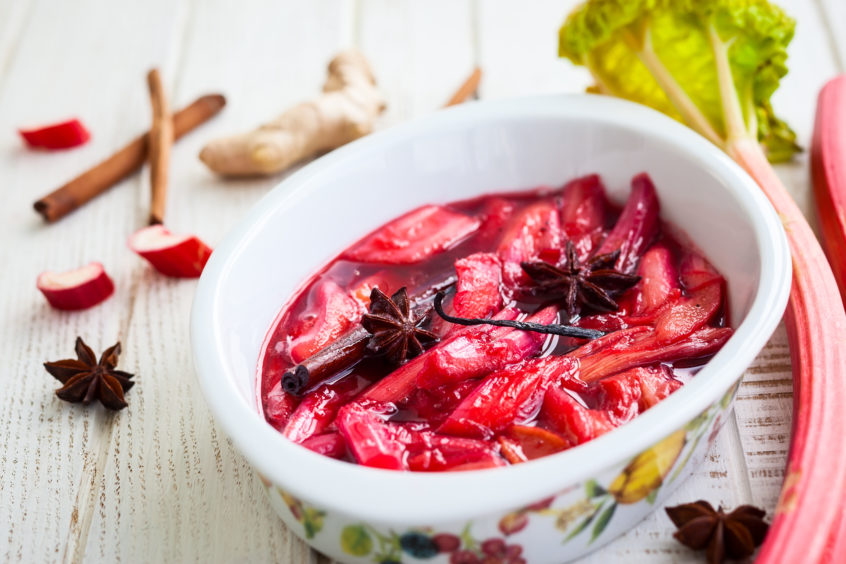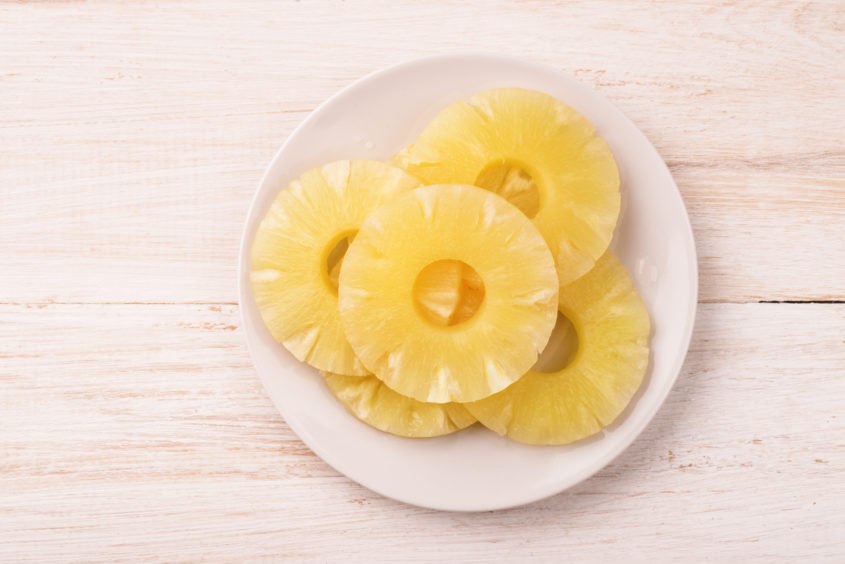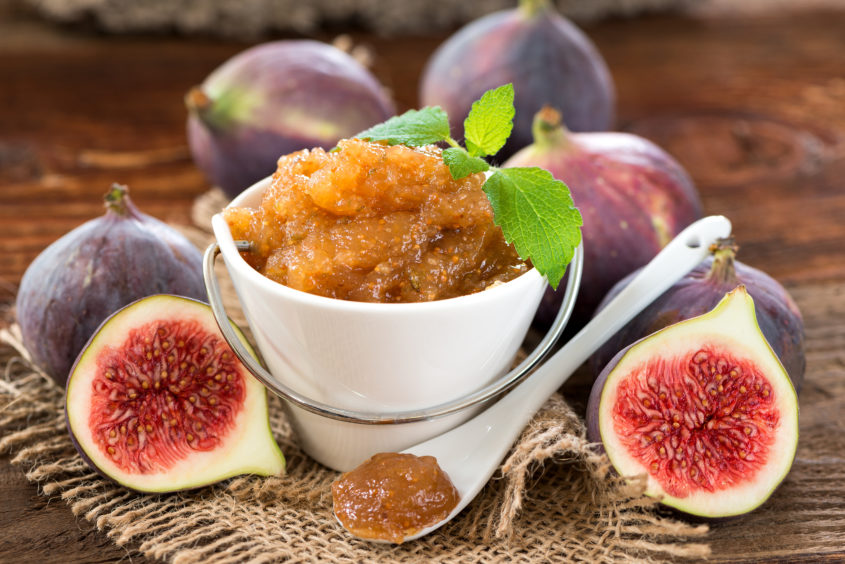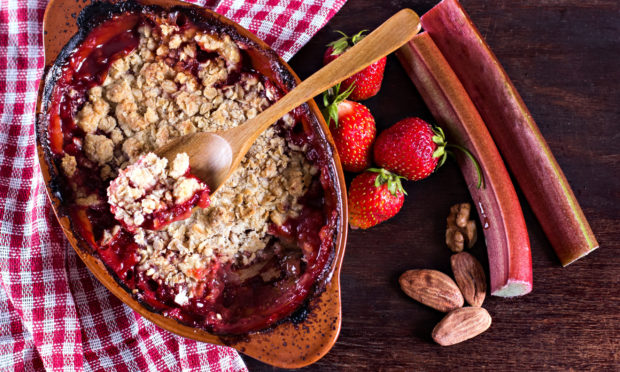Pick your favourite from rhubarb, pineapple or figs and try your hand at these recipes from a kitchen in the 1910s.
In previous weeks we’ve featured many recipes from Aunt Kate’s 1933 Baking Book but did you know that the “original domestic goddess” also brought out a cookery book 23 years earlier, in 1910?
Despite being filled mostly with cooking recipes, there are a few baking ideas in there too, including these three traditional pudding recipes – stewed rhubarb and ginger, pineapple bread pudding and some yummy fig compote.
All of them are a lot simpler to make than you might think and fit well with the autumn days drawing in.
If this has inspired you to get baking, make sure you take a look at our previous Aunt Kate recipes, including scones, lemons, berry jams and bread.
Rhubarb and ginger

Ingredients
- 1 ½ lb sugar
- ½ pint water
- 1 tsp ground ginger
- 2 lb rhubarb
Method
- Boil the sugar, water and ground ginger together until it forms a syrup.
- Cut the rhubarb in pieces about two inches long.
- Put the rhubarb into the slow-boiling syrup, a few pieces at a time.
- As they are cooked, lift them out carefully and put them into wide-mouth jars or bottles, or, if for immediate use, lay the pieces symmetrically on the dish they are to be served in.
- Pour the syrup over.
- If put into jars and kept for a short time, it can be heated by placing the jar into a pan of boiling water.
- This is nice with custard or any plain milk pudding.
Pineapple bread pudding

Ingredients
- 3 oz sugar
- 2 oz butter
- 2 eggs, yolks and whites separated
- 1 lb breadcrumbs
- 1 pint of milk
- 1 tin pineapple (you will need to use the syrup and the pineapple)
Method
- Beat the sugar and butter together, then add the egg yolks and the breadcrumbs.
- Stir in the milk and add enough of the syrup from the pineapple tin to make it a smooth batter.
- Cut two-thirds of the pineapple into rather small pieces, stir into the other ingredients, pour into a well-greased dish and bake in a moderate oven until set – probably for about an hour.
- Meanwhile, beat the whites of the eggs to a stiff froth, adding a little caster sugar while doing so. Pile it on top of the baked pineapple in a rocky heap, decorate with the remainder of the pineapple and place in the oven until set.
- This is a very nice change from ordinary bread pudding.
Fig compote

Ingredients
- 1lb figs
- 1 pint of water
- 1 lemon rind
- Lemon juice
Method
- Stew the figs in the water with the thinly-pared lemon rind, either in an enamelled saucepan on the hob or in a heatproof jar in a slow oven and covered.
- Use cold water and cook the figs as slowly as possible (success of the compote depends on this) for 2 ½ hours, or longer if done in the oven.
- When done, add the lemon juice or other flavouring to taste.
- Some people like using sugar when cooking with figs, in which case it should be dissolved in water before used.
Read more in this series…
Aunt Kate’s Kitchen: Waffle recipes from the 1930s that were made for breakfast in 2020
Aunt Kate’s Kitchen: Three coffee baking recipes from the 1930s that will create a buzz at home
